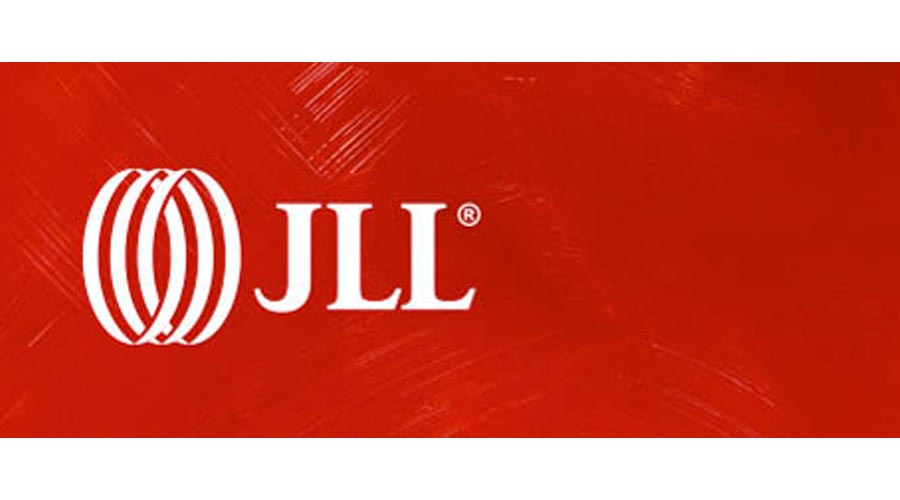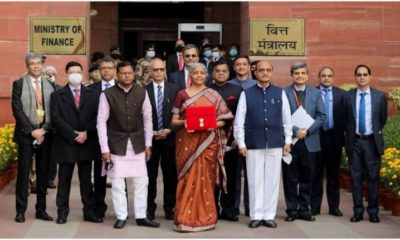Report
Municipal bonds, advertisement tax and user fees can cover up to 30% of city development cost: JLL India report


Mumbai, April 03, 2018: JLL, India’s largest real estate services firm, estimates that over 140 Indian cities can raise development capital through the issuance of Municipal Bonds, in their latest report, titled ‘Municipal Finance: Funding urban development in India’. The report highlights that the Ministry of Housing and Urban Affairs has actioned a Credit Rating System – one of the transformational reforms under which 500 cities and towns have been given credit ratings to ensure investments. The other revenue sources for urban centres are user charges for specific services, taxes and non-tax revenues, grants, loans and other receipts. The report also estimates that as much as INR 25 crore can be raised annually through advertising fees by municipal bodies of metropolitan cities of India.
MONEY RAISED THROUGH ADVERTISING FEES
Advertising fees are trending as a key instrument for revenue augmentation in the urban centres of India. The advertising fee, or revenue collected through the leasing of advertisement rights on assets owned by various government agencies, have the potential to be a game changer in the near future. It is to be noted that many Indian cities are now focusing on developing, planning and expanding this opportunity to assets that present an advertisement fee opportunity including public convenience facilities, lamp posts, public parks an open spaces, and government buildings.
The report notes that metropolitan cities (population of 1 million and over) have a potential to attract average revenues of over INR 25 crore per year through out-of-home advertising. Cities that have a population of up to 1 million, revenue from out-of-home advertising is estimated in the range of INR 75 lac to 1 crore per annum. For smaller municipalities and town panchayats, the estimated revenue generation potential through advertising is estimated in the range of INR 10 to 25 lac per annum. Mega cities have an even higher potential of generating revenue through advertisements revenue and tax and can be in the range of INR 75 to100 crore depending on the availability of space in their assets.
Category of cities
Average annual revenue potential through advertisement tax & fee (INR)
Mega cities
77 – 100 cr
Municipal Corporations > 1 million population
25 cr
Municipalities / Urban centres up to population of 1 million
75 lac – 1 cr
Smaller municipalities & town panchayats
10 – 25 lac
IMPORTANCE OF MUNICIPAL BONDS
Municipal bonds are financial instruments issued by urban local bodies to raise money for specific infrastructure projects. SEBI regulations (2015) regarding municipal bonds states that municipalities must: (i) not have negative net worth in any of the three preceding financial years, and (ii) not have defaulted in any loan repayments in the last one year. Therefore, a city’s performance in the bond market depends on its fiscal performance. One of the ways to determine a city’s financial health is through credit ratings. The government has initiated credit ratings to evaluate the credit worthiness of every possible local town. Of the total 20 ratings ranging from AAA to D, BBB (-) is the ‘Investment Grade’ ratings and cities rated below BBB (-) need to undertake necessary interventions to improve their ratings for obtaining positive response to the Municipal Bonds to be issued.


Indicating a positive economic development of the country, India’s urban centres are growing at a rapid pace. However, this growth is causing significant strains on urban infrastructure and services, where massive upgrades are needed. This has necessitated local governments to consider planned urbanization and peripheral expansions that would need a steady stream of revenues greater than what is generated currently by most urban centres. Traditional forms of revenue generation like taxation and grants no longer suffice the scope, expanse and speed for the required development. Thus, municipal bodies have to find new ways of raising capital to sufficiently fund their endeavours.
A solid financial structure is essential to the success of cities in meeting the growing needs of urbanization. The Smart Cities Mission was the first initiative by the government that linked not only all the Government of India schemes (such as AMRUT, Affordable Housing under PMAY, National Heritage City Development and Augmentation Yojana, the Swachh Bharat Mission, Skill India, Make in India, Non-Motorized Transport, Multimodal Integration, Last Mile Connectivity Options and Green Mobility Schemes) but also all the funding mechanisms that are available through convergence. Changing urban landscapes will alter the way urban local bodies manage funding to balance the city’s economy.
-



 News3 weeks ago
News3 weeks agoKW Delhi 6 Mall Onboards New Brands
-



 News4 weeks ago
News4 weeks agoManasum Senior Living Launches IKIGAI GOA, A Senior Living Community in North Goa, in collaboration with Prescon Homes
-



 News3 weeks ago
News3 weeks agoCommercial Realty Gets Tech Savvy: Fast Construction, Enhanced Convenience
-



 News2 weeks ago
News2 weeks agoGodrej Properties Sells Rs 3k cr+ Homes of Godrej Zenith, Gurugram, within 3 days
-



 News4 weeks ago
News4 weeks agoBridging India Divide: Top 5 Tier- 2 Cities to Focus On
-



 News4 weeks ago
News4 weeks agoMultipoint Connection – A Definite Boon
-



 News3 weeks ago
News3 weeks agoRBI’s Status Quo on Key Policy Rates to Help Maintain the Real Estate Growth Momentum, Say Industry Stalwarts
-



 News1 week ago
News1 week agoOlive Announces Dhruv Kalro as Co-Founder
























